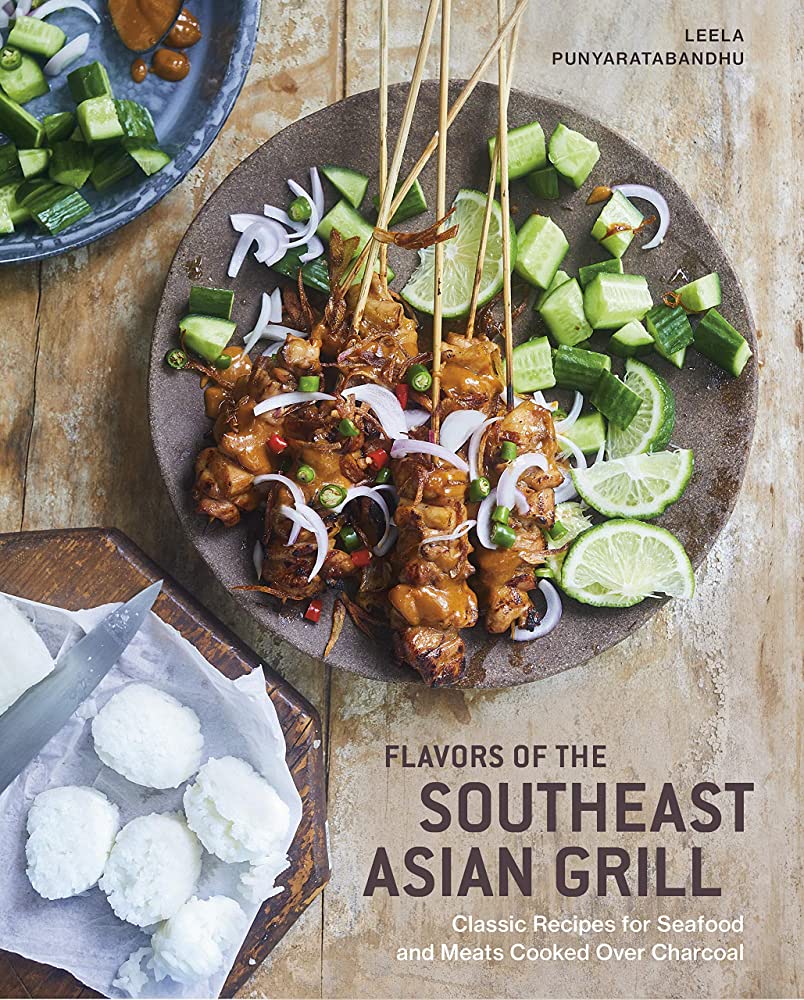Smoking meat over indirect heat with wood smoke is a classic barbecue technique that adds a delicious smoky flavor to popular meats such as brisket, ribs, and pork shoulder. Choosing the right type of wood and meat is essential, with different woods producing different levels of smoke and flavor. Two popular smoking techniques are offset and vertical smoking, and different regions have their own flavor profiles for rubs and sauces. With a few basic recipes, some practice, and patience, anyone can create delicious, smoky BBQ classics that will impress friends and family.
Smoking Meats: Techniques, Recipes, and Flavor Profiles of Your Favorite BBQ Classics
When it comes to barbecue, smoking meats is a classic technique that adds unmatched flavor to everything from brisket to ribs. Smoking involves cooking meat over indirect heat for long periods of time with the addition of wood smoke, infusing it with a delicious smoky flavor.
If you’re new to smoking meats, it can be intimidating to know where to start. Here are some tips and tricks to help you get started:
Choosing the Right Wood
The type of wood you use plays a significant role in the flavor of your smoked meats. Different types of wood produce different levels of smoke and flavor, so it’s essential to choose the right wood for your recipe. Here are a few popular options and their flavor profiles:
- Hickory: Strong, smoky flavor. Great for pork, beef, and chicken.
- Mesquite: Very potent and smoky. Best with pork and beef.
- Apple: Sweet and fruity. Ideal for pork and poultry.
- Cherry: Mild and fruity. Good for beef, pork, and poultry.
- Oak: Mild and versatile. Works well with all types of meat.
Choosing the Right Meat
Not all meats are created equal when it comes to smoking. Tough, fatty cuts are best for smoking because the long, slow cooking process helps break down the connective tissue and renders the fat, resulting in tender, juicy meat. Here are some popular meats to smoke:
- Brisket
- Ribs (beef and pork)
- Pork shoulder (also called a pork butt)
- Chicken
- Turkey
- Salmon and other fatty fish
Smoking Techniques
There are several smoking techniques to choose from, but the two most common methods are offset smoking and vertical smoking.
Offset smoking involves using a separate firebox to generate smoke and indirect heat, which travels to the main cooking chamber where the meat is located. This method provides consistent, even heat and allows for easy access to the meat for basting and checking the internal temperature.
Vertical smoking involves placing the meat on racks in a vertical smoker, with the heat source located at the bottom of the smoker. This method is ideal for smaller cuts of meat and requires less maintenance during the cooking process.
Flavor Profiles
Now onto the fun part – creating delicious flavor profiles for your smoked meats. Here are some popular flavor combinations to try:
- Texas-style brisket: Salt, pepper, and garlic rub.
- Memphis-style ribs: A dry rub of salt, pepper, paprika, garlic, and onion powder.
- Carolina-style pulled pork: A vinegar-based sauce with mustard, ketchup, and spices.
- Kansas City-style ribs: A sweet sauce with a tomato base, molasses, and brown sugar.
Recipes
Now that you have some basic knowledge of smoking meats, it’s time to try out some recipes. Here are a few to get you started:
Texas-style Brisket
Ingredients:
- 1 (6-8 lb) beef brisket
- 1/4 cup kosher salt
- 1/4 cup coarse ground black pepper
- 1/4 cup garlic powder
- 1/4 cup onion powder
Directions:
- Combine the salt, pepper, garlic powder, and onion powder to make the rub.
- Coat the brisket generously with the rub on all sides.
- Preheat your smoker to 250°F using hickory wood.
- Place the brisket in the smoker with the fat side up, and smoke for 12-16 hours, or until the internal temperature reaches 205°F
- Remove from the smoker and let rest for 30 minutes before slicing.
Memphis-style Ribs
Ingredients:
- 2 racks of pork ribs
- 1/4 cup kosher salt
- 1/4 cup coarse ground black pepper
- 1/4 cup paprika
- 2 tbsp garlic powder
- 2 tbsp onion powder
Directions:
- Combine the salt, pepper, paprika, garlic powder, and onion powder to make the rub.
- Coat the ribs generously with the rub on all sides.
- Preheat your smoker to 225°F using apple wood.
- Place the ribs in the smoker bone side down, and smoke for 4-6 hours, or until the internal temperature reaches 195°F
- Remove from the smoker and let rest for 10 minutes before slicing.
Conclusion
Smoking meats is a time-honored cooking technique that requires patience and a little bit of practice. By following these tips and trying out some recipes, you’ll be well on your way to creating delicious, smoky BBQ classics that your friends and family will love.
